Or search by topic
Number and algebra
Geometry and measure
Probability and statistics
Working mathematically
Advanced mathematics
For younger learners
Dice in a Corner



- Problem
- Getting Started
- Student Solutions
- Teachers' Resources
Well done to everybody who found ways to make 18 using these dice in a corner. Kiran, Eeraj, Igla, Hassan and Ze-shaan from Crumpsall Lane Primary School in England investigated ways of making 18 using two dice:
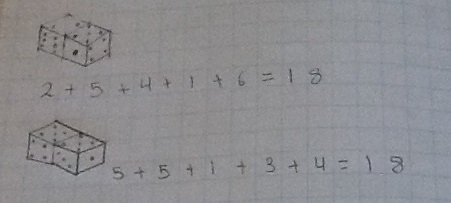
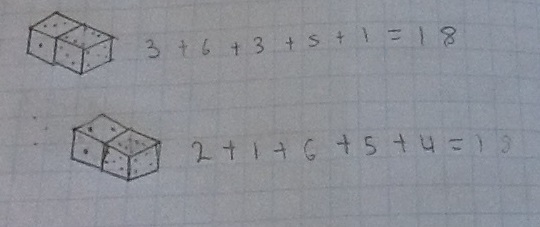

Well done for finding so many solutions with two dice! The final picture is slightly unclear but this represents the solution:
2 4
4 2 6
Harry and Jack from Canberra Grammar School in Australia found four possible solutions using three dice:
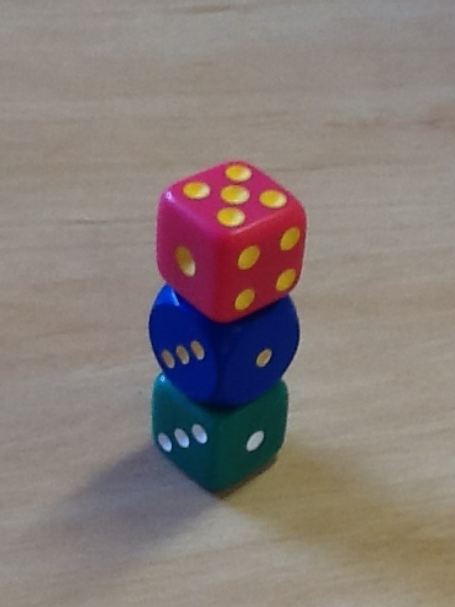
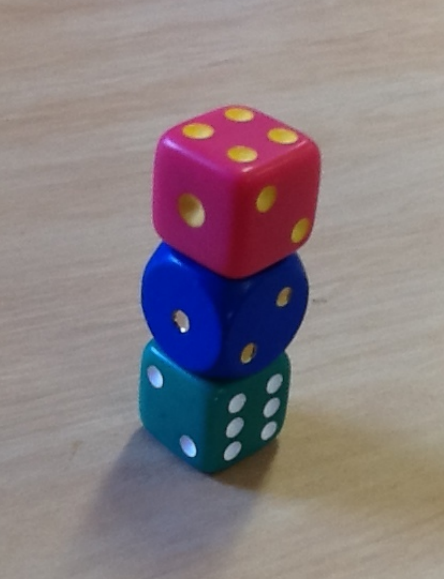
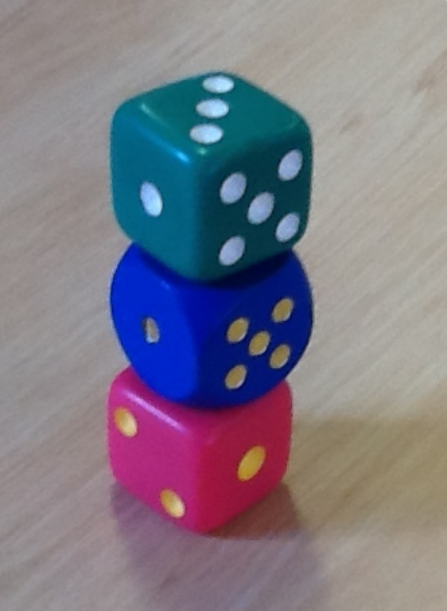
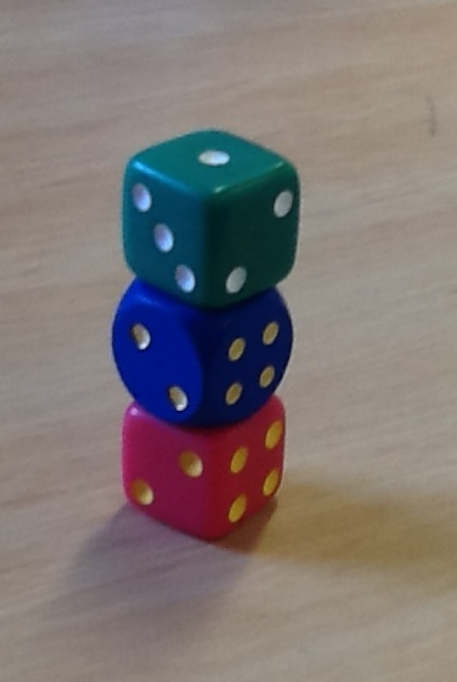
Take a look at Harry and Jack's full solution to see their thoughts on this problem.
We received a solution from another Jack at Canberra Grammar School in Australia, who sent in these solutions for four and five dice:
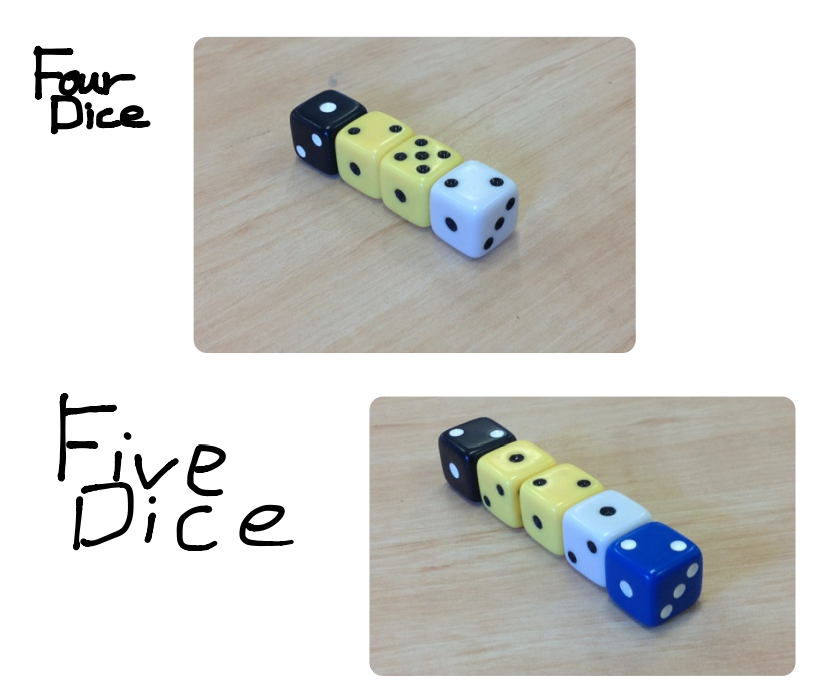
Jack said:
I cannot show all pictures because the file size is too big!
That's a shame, Jack! I think there's one solution that nobody has found so far (that isn't just a rearrangement of one of the other solutions). If anybody thinks they have found it, please email us.
You may also like
Consecutive Numbers
An investigation involving adding and subtracting sets of consecutive numbers. Lots to find out, lots to explore.
Roll These Dice
Roll two red dice and a green dice. Add the two numbers on the red dice and take away the number on the green. What are all the different possible answers?

